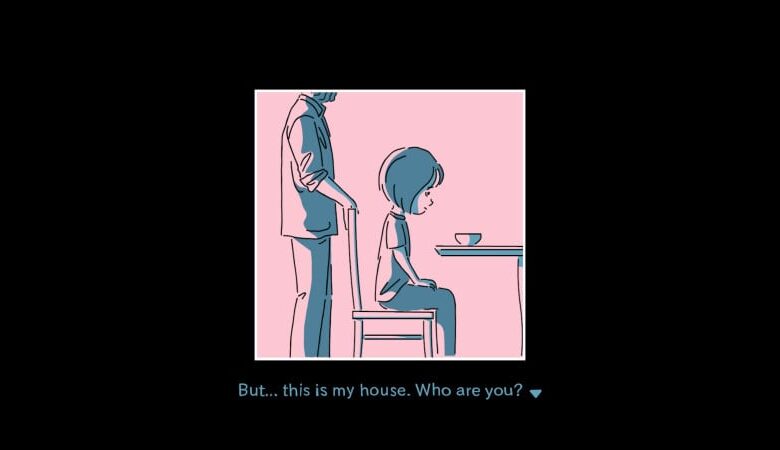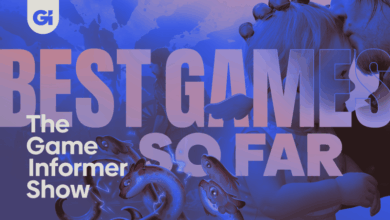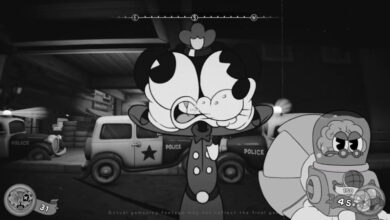And Roger Review – When Actions Speak Louder

It’s tough to discuss And Roger without giving away its bittersweet plot. This emotional visual novel excels at telling its gripping story through ingenious gameplay, demonstrating the power of showing rather than telling to deliver a powerful experience.
Over the span of three succinct chapters, And Roger does a stellar job telling the tumultuous tale of a girl scared and confused by the presence of a mysterious man in her home. Who is the person? Why does he seem to know her even though he’s a stranger? What happened to the girl’s father? Discussing the plot any further would give away what’s really happening, but the narrative is effective in that it’s an ordinary tale grounded in a tragically relatable core. This is an affecting tale of love, patience, and forgiveness, and while initially tricky to follow, gameplay helps clear the fog by using smart context clues.
And Roger is a mechanically clever and emotionally effective point-and-click adventure due to how well it captures the emotion of any given scene. For example, opening a door while frantically fleeing the stranger requires clicking the correct button in a floating batch of identically similar buttons. Running through the first door is easy, as you only have to find one button out of three. Each subsequent door, however, populates the screen with upwards of a dozen moving buttons, necessitating me quickly clicking through all of them until I found the right one. I felt my heart rate rising the longer this chaotic exercise went on. Is the stranger right behind me? Where is that stupid button? And Roger excels at conveying often stressful emotions such as panic, confusion, and fear using only simple interactions.
Whether it’s washing the girl’s hands, reciting a prepared speech, or simply trying to talk with a sweetheart, And Roger consistently offers novel and playful ways to convey how the girl is feeling in a given moment. Whether it’s memorization exercises or connecting broken lines symbolizing conversation threads, interactions (including fourth-wall-breaking twists on mundane game menu settings) are intentionally more challenging or involved than needed to serve the plot. Even so, gameplay never veers into being a nuisance. Instead, experiencing the same sense of hardship in gameplay strengthened my personal connection and empathy for its small cast.
The simple yet charming illustrations are complemented by a sparse color palette, which the game uses well to set the tone. Serious moments may be darkened by moody greys and blacks before happier moments paint the screen in warm hues of orange or blue. The perfectly paced narrative, backed by well-written dialogue and a moving soundtrack, makes great use of its roughly one-hour runtime. The story’s brevity and cryptic storytelling make a compelling case to replay And Roger immediately after the credits roll, and I can’t recommend doing so enough. I liked the game a lot on the first playthrough, but I fell in love with it on the second go-around, as I had the context to fully grasp and appreciate its design choices.
And Roger left me feeling a whirlwind of emotions, from distressed to sympathetic to hopeful, using little more than a mouse cursor. The best compliment I can give is that it reminds me so much of 2018’s Florence, a game I adore, in how it uses clever interactions to communicate relatable feelings and situations. While I wouldn’t wish the plight of its protagonist on my worst enemy, I would happily recommend this experience as another strong example of video games’ strength as a storytelling medium.



